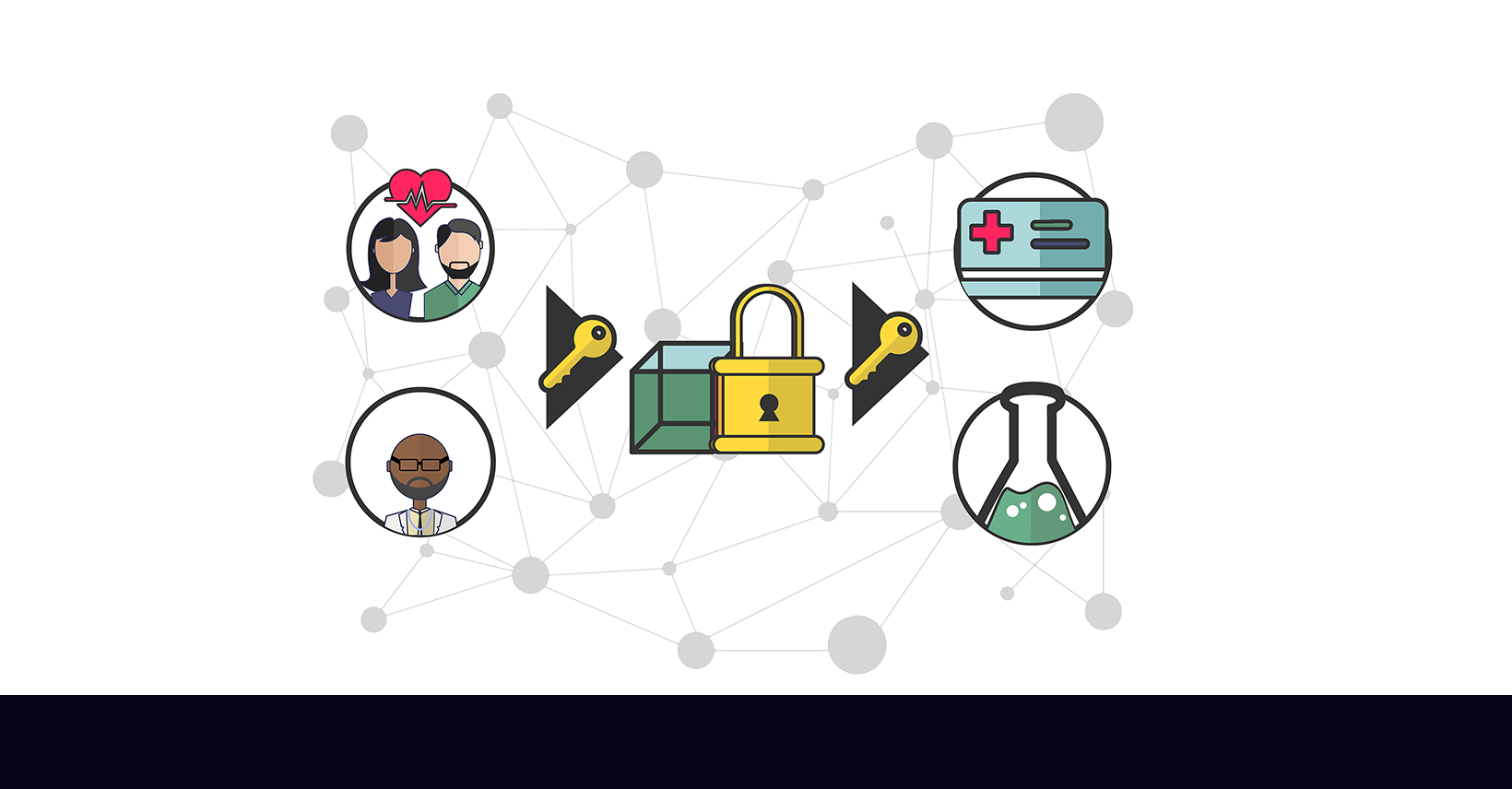
Blockchain 101 – Part 3: The Immutable Ledger
Part 2: Hashing
Hello my fellow crypto readers!
Today we are moving on with this serie about Blockchains: What are they? How they works?
We demonstrated that the blocks in a blockchain are connected to each other via the prev_hash and hash properties (Part 1). This mechanism mitigates data tampering attacks since modifying one block causes the invalidation of all the block after the compromised one.
We also discussed about how important (and boring at the same time) the concept of Hashing is. In particular, we learned what an hashing algorithm is. We analyzed how the overall concept of hashing is related to the concept of a fingerprint and what are the most important rules a hashing algorithm must obey. (Part 2).
Today we dive into a different topic. No math this time, promised!

The Immutable Ledger
Today we will analyze the term "Immutable Ledger" and how it relates to the blockchain! This will be a very short part since the main goal is to introduce you to what an immutable ledger is. Then we will move on to the next parts where we will expand on this concept. It is very important that you fully understand what are the differences between a blockchain, an immutable ledger and a traditional ledger. Mainly because many online non-technical articles are filled with tons of buzzwords without even knowing nor explaining the meanings behind those terms. Well, today, you got the chance to show 'em what it means to be a blockchain master!
Put it simply, an Immutable Ledger is a database (or any other storage technology) which is immutable or, in other words, whose records cannot be modified.
In the "physical" world, we usually refer to the term Traditional Ledger, which can be interpreted as a central register. Imagine the process of buying a property: there is a document (stored centrally somewhere) which states that you are the owner of that property. As a matter of fact, once you pay for a house, you exchange your money for a title deed (simplifying here). Whoever owns the deed can prove the ownership of that specific property.

Usually, deeds are hosted by central governmental authorities which are qualified for holding the records about the ownership (Local counsel, City counsel etc..). This way, you can demonstrate that you are the owner of your house.
How is this data traditionally stored?
Well not long ago, data were stored physically in a traditional ledger like a paper register. Your deed was stored by using pen and paper! The real problem with this approach was all about losing access to that central register and all its information (a fire in the building, someone rips out the page with your deed number or even modify it). Of course you wouldn't be able to demonstrate the ownership of a house without that physical register.
To solve this, technology came to the rescue with database technologies and replicas which store data in a centralized manner while allowing data to be replicated across different nodes in order to avoid data loss. This however, does not prevent data tampering. If a single record in the database changed (as a consequence of a hacker attack for instance) that would make the stored data inconsistent.

Of course backups (when done correctly) can be used to recover previous consistent states of databases, but I assure you, disaster recovery plans never goes as expected.

Say Hello to the Blockchain, once again!
Blockchain technology solves this. It is a type of immutable ledger: a database where data cannot be tampered, once persisted. We already got an idea about how this concept of immutability actually works. If you feel like you are missing something, I encourage you to go and read the previous parts (Part 1 and Part 2).
With a Blockchain, each time you buy a property, a transaction (with your deed) gets stored in a block. This will secure your deed and your ownership rights from data tampering or data loss. A hacker whose intentions were to alter the data in the block, would invalidate ALL THE BLOCKS after the altered one. That would eventually result in an invalid chain.
Yes, you might wonder if this isn't the same as having a central database so that a hacker could tamper all the blocks in the blockchain. This is where decentralization comes in to solve this issue. We will discuss about how decentralization and blockchains allow to build a secured and immutable system in the upcoming parts. We will also understand how a Peer-To-Peer network of decentralized nodes actually works. For the time being we are only focusing on the Immutability aspect.
Decentralization changes everything
Immutable ledgers can be centralized or decentralized. In the latter case (the most common) we talk about Decentralized Ledger Technology (DLT) which is, an Immutable ledger spread across different branches of an organization or nodes of a network.
Why do we need a Decentralized Ledger Technology?
The main problem with a centralized database is that of having a single point of failure: if the branch or the node which hosts the database broke down, you'd lost all your data. This is not good...

Somehow, decentralization seems to play a key role in the overall functioning of a blockchain protocol. In the next part we will discover how the concept of decentralization actually completes the puzzle by further securing a blockchain.
Part 4 - Distributed P2P Networks
Meanwhile, if you still have questions do not hesitate in contacting me using my email address (you can find it in the footer of the website) or via the contact page.
Also, you can hit me up on Twitter.
If you enjoyed my content, please share!

